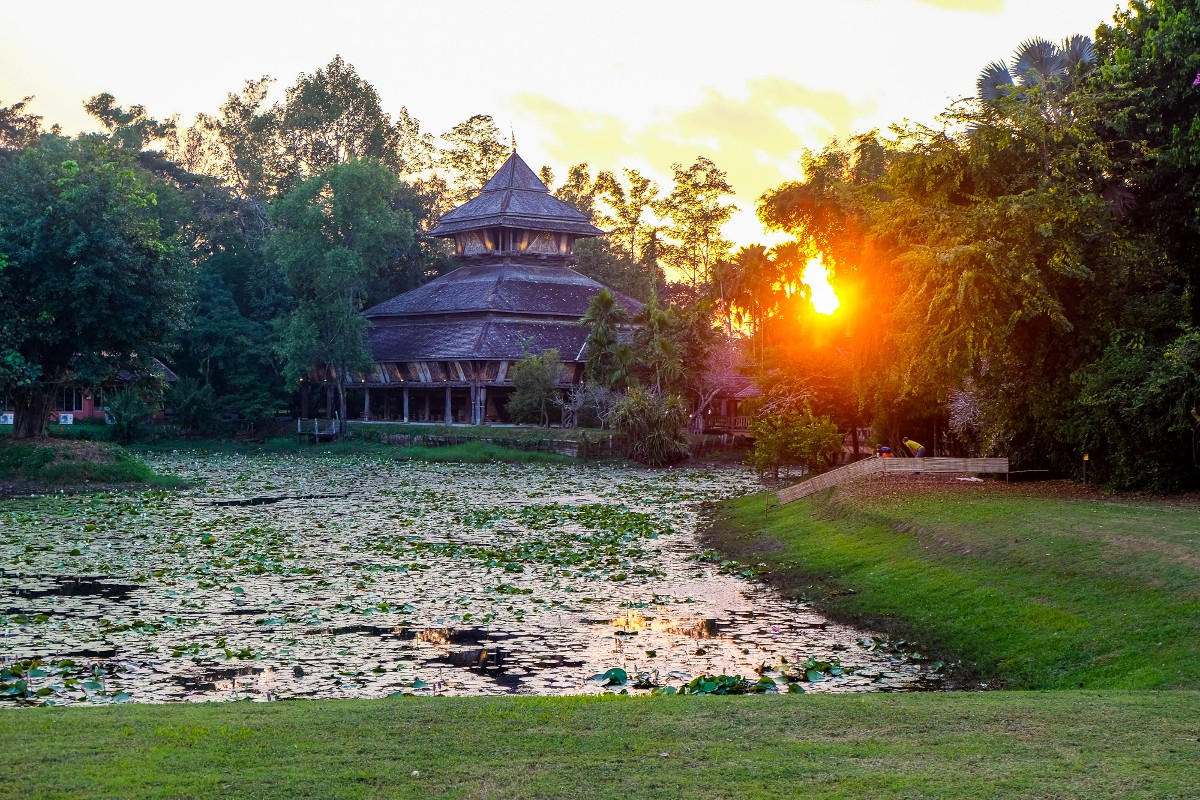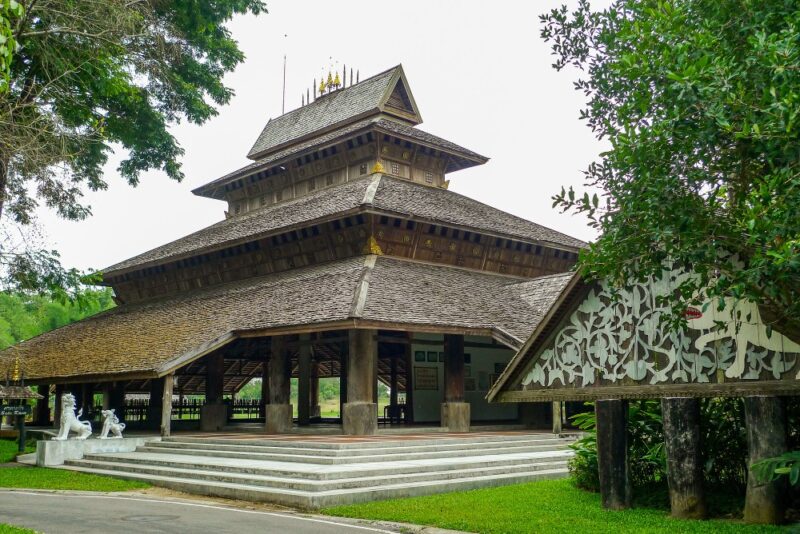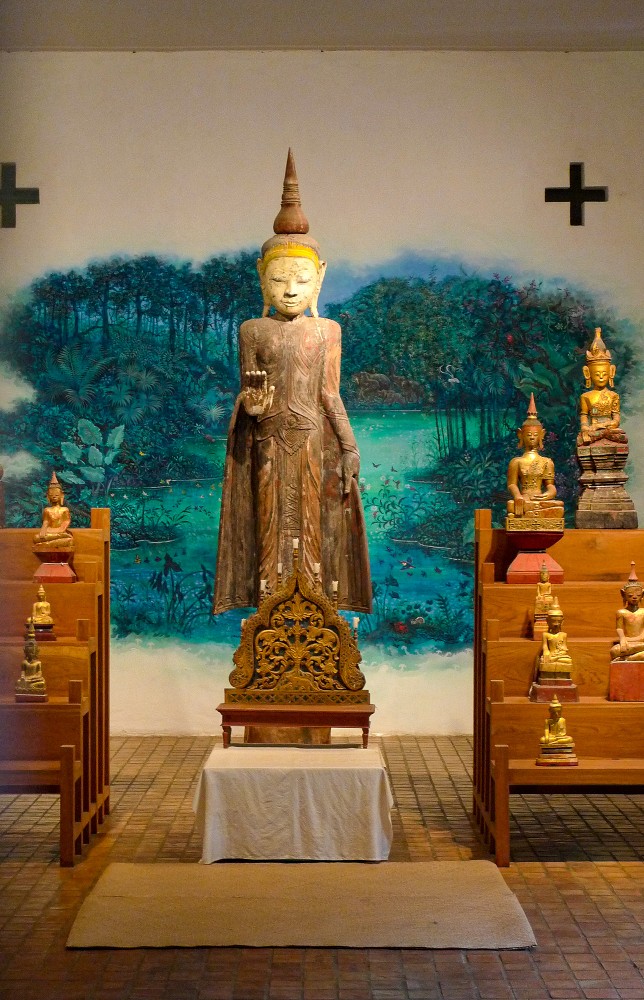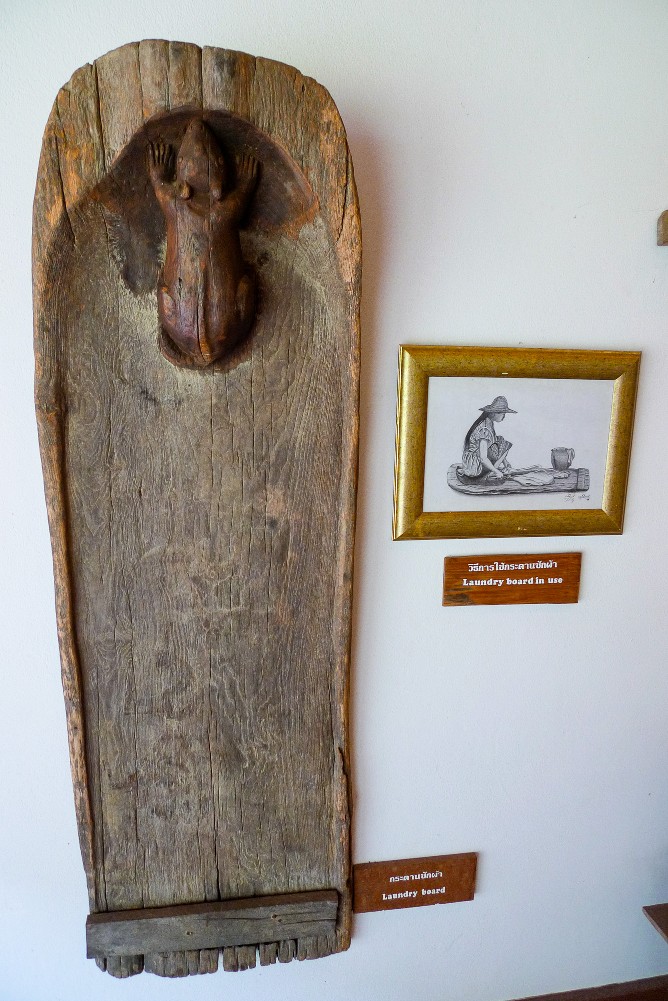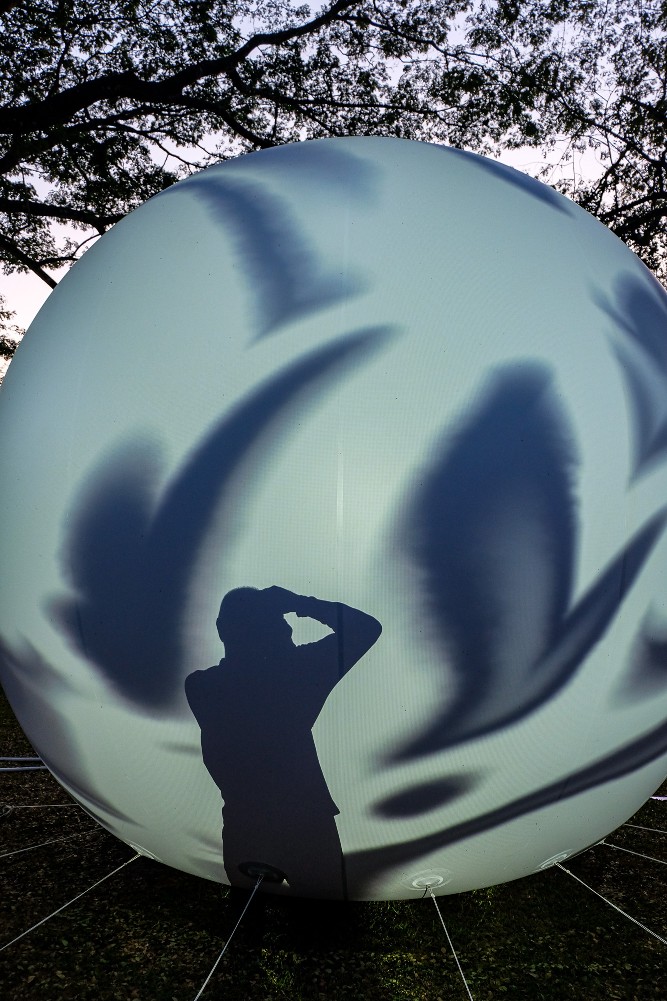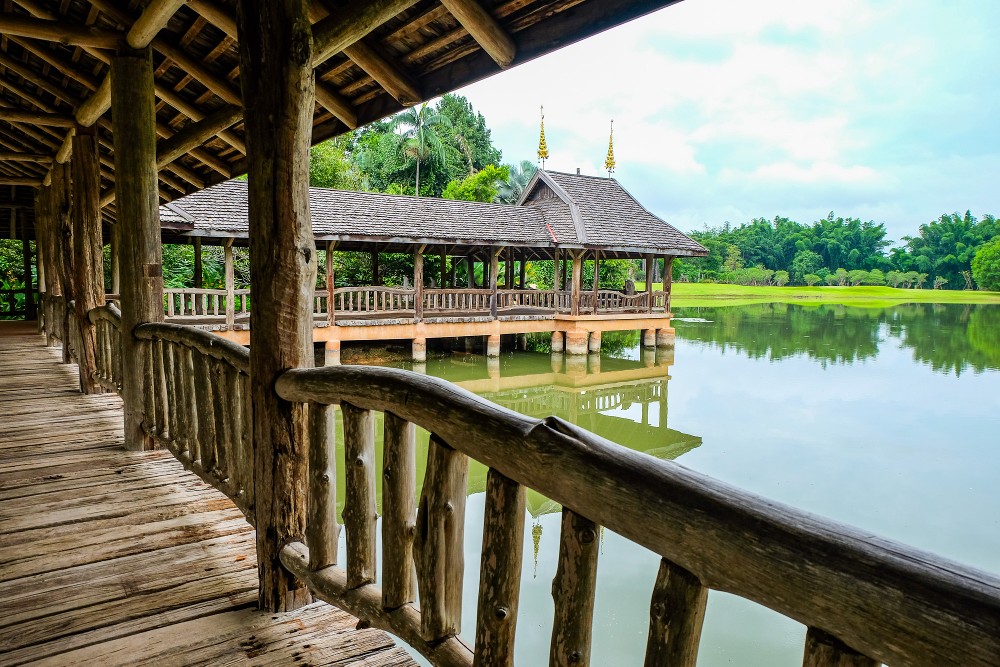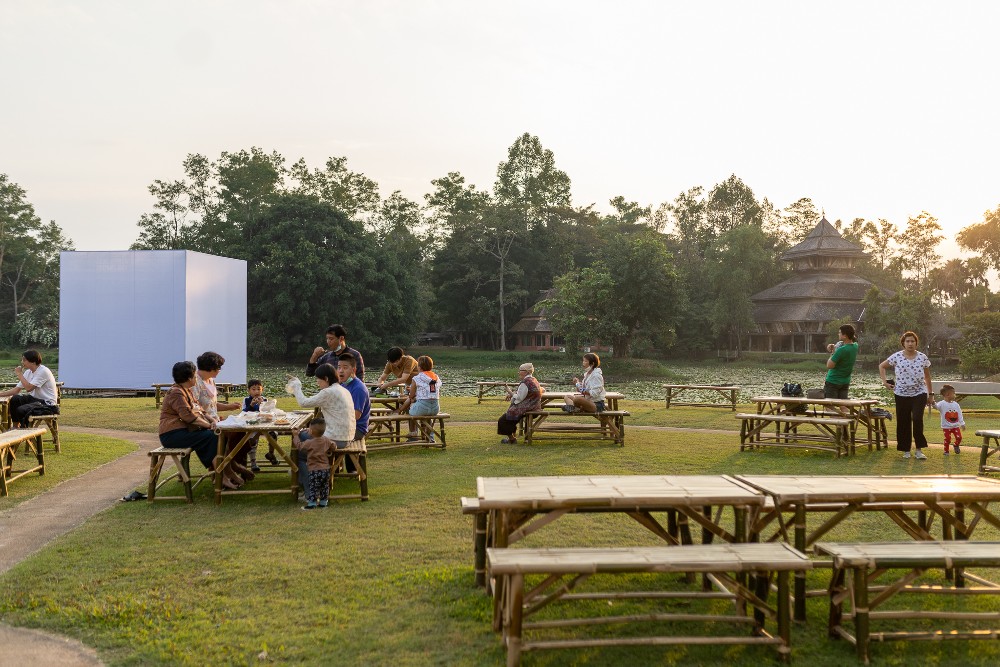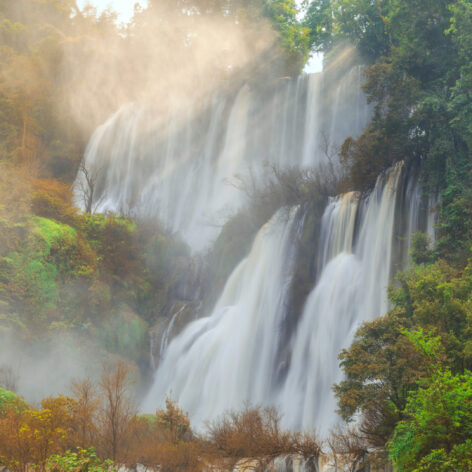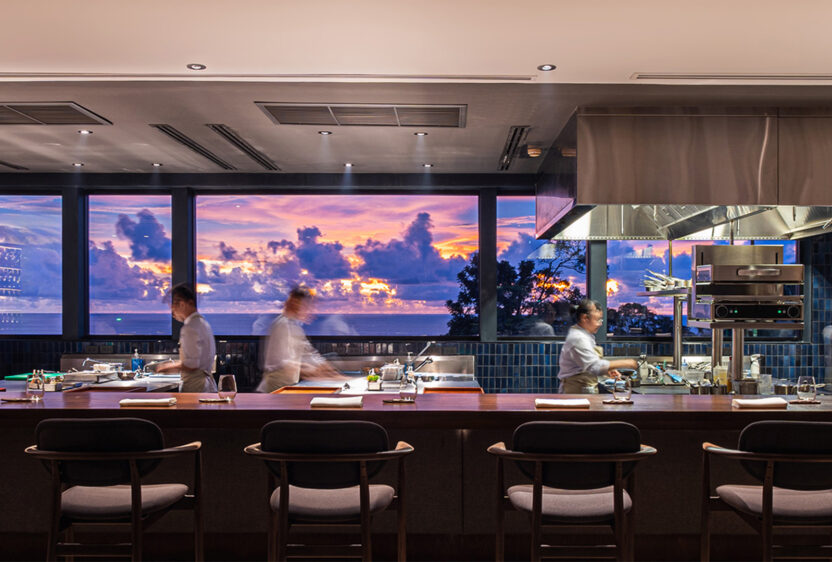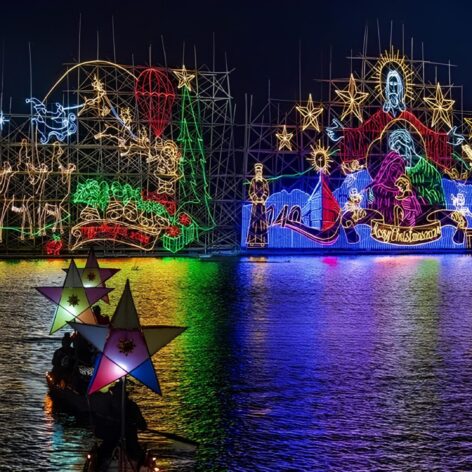Tucked away behind a sturdy wall on the western outskirts of Chiang Rai lies an enchanting garden, full of towering trees, dangling epiphytes, a lotus pond and trimmed lawns. At the heart of the site stand two of North Thailand’s most beautiful teak buildings and the Haw Kaew Museum, which contains the largest repository of Lanna (Northern Thai) art and artefacts in the region.
This tranquil sanctuary is the Mae Fah Luang Art & Cultural Park, which offers inspiration to lovers of nature and traditional Northern Thai culture. As an added attraction, the park is currently hosting Light of Life, an evening event featuring innovative and interactive light installations.
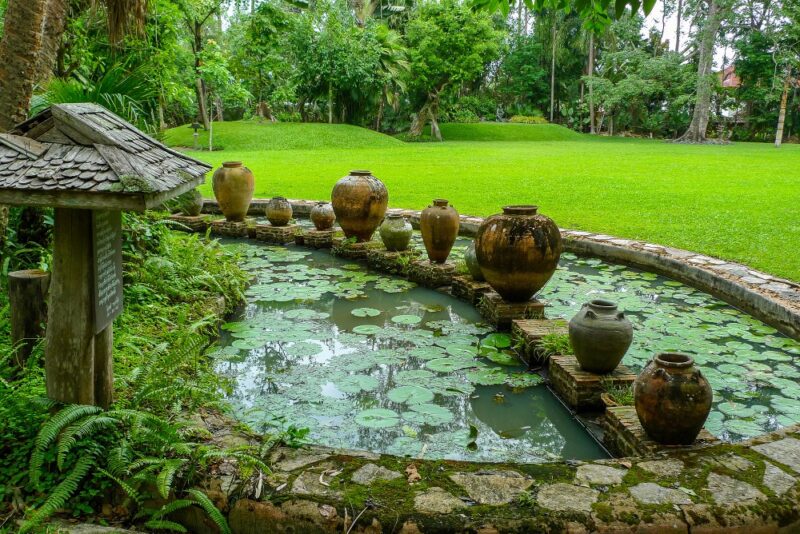
Mae Fah Luang refers to Princess Srinagarindra (1900 –1995), the Princess Mother and mother of King Bhumibol (Rama IX), known to Thais as ‘Somdet Ya’. Mae Fah Luang means ‘royal mother from the sky’, an endearment bestowed on her by locals due to her habit of appearing like an angel from the sky – albeit in a helicopter – to deliver medical supplies to remote areas of the north, as part of her efforts to improve life for all Thai people.
The moment you set foot in the park, the surroundings start to soothe the mind. Huge trees and rambling creepers and vines border the paths and walkways, while a stroll across the lawn to gaze across the lily- and lotus-smothered lake induces a relaxed mood. This is a good preparation for the cultural wonders that await beyond the lake via a wooden walkway that is a work of art in itself, with its whimsically warped balustrade.
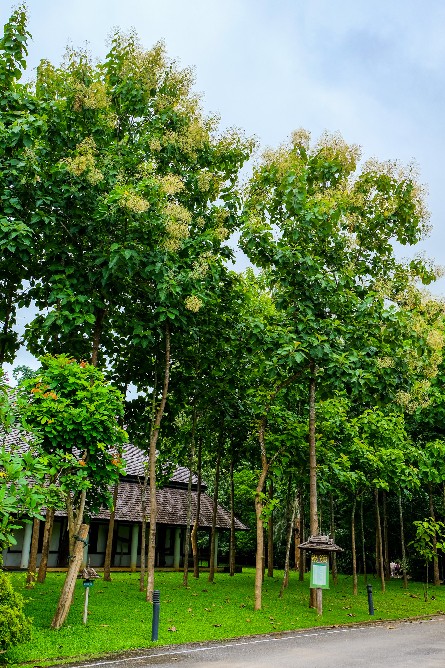
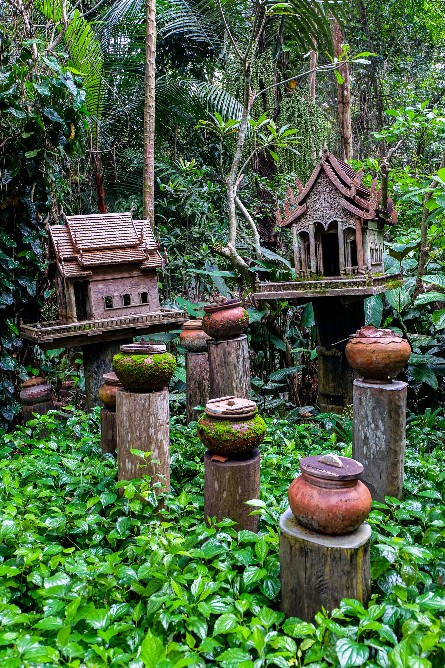
This walkway leads to the Haw Kham or Golden Pavilion, the centerpiece of the park. It was constructed from 32 teak houses in Chiang Rai and presented to the Princess Mother on the occasion of her 84th birthday. For Thais, the completion of seven 12-year cycles is of great significance. With its multi-tiered roof, inward-leaning walls and gold inlay, the building is a magnificent treat for the eyes.
A stairway made of enormous slabs of polished teak and flanked by small statues of elephants provides a grand entrance to the pavilion for visitors. Inside are carved gables and eaves from temples, as well as manuscript cabinets and Buddha images gathered from all the provinces of the north.
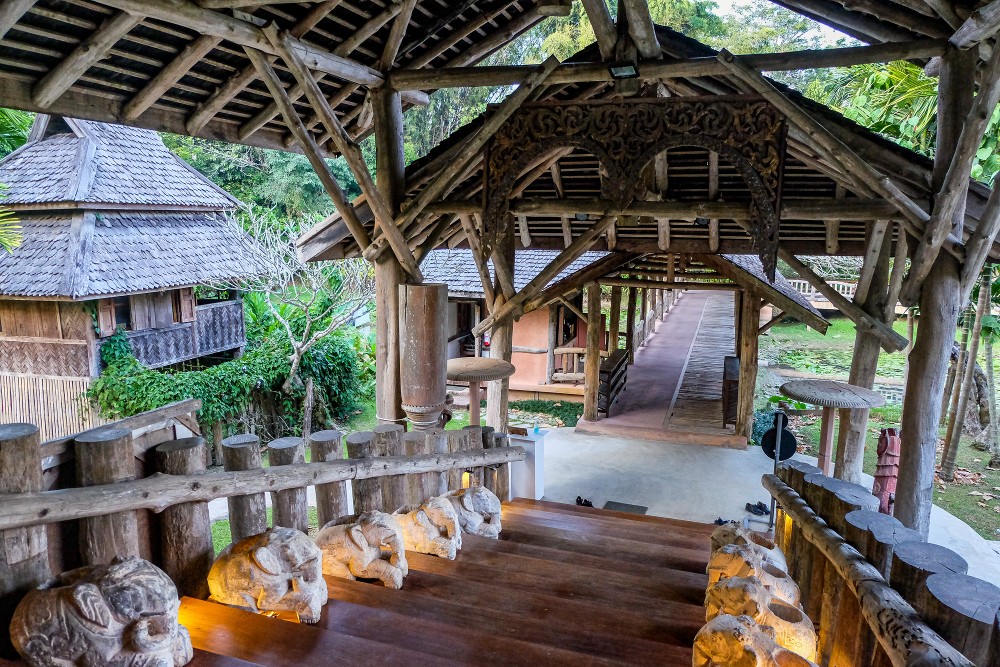
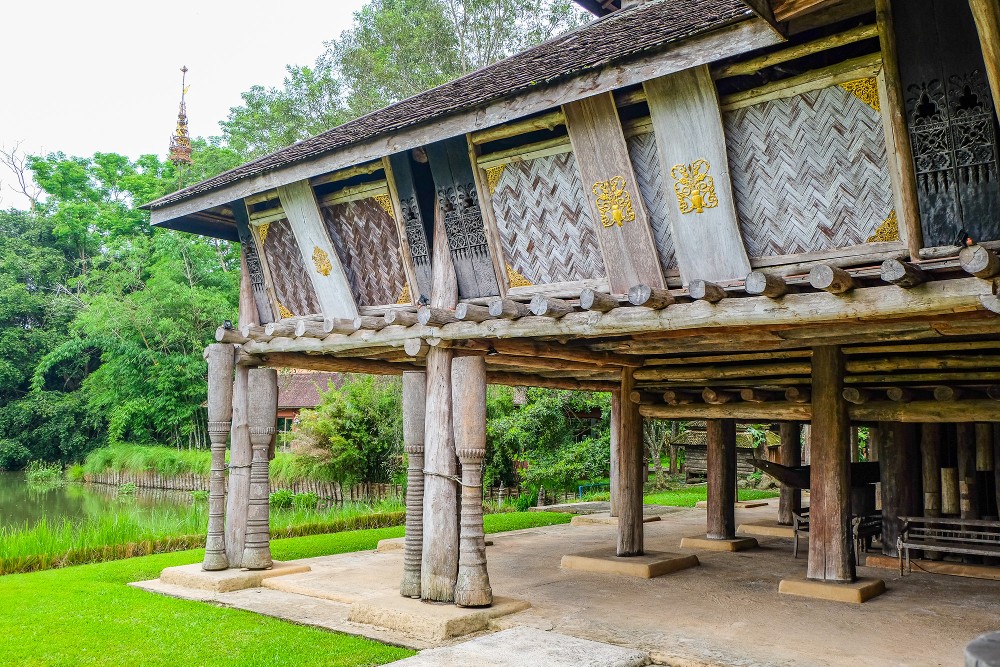
Beside the gorgeous pavilion is an ode to teak, which is the main theme of the entire park: “Forgive us, that we who love your natural colors and the grain of your textures must enshrine you in this great hall… Those who pass through these halls will be inspired to seek the living coolness of nature and out of your sacrifice will be born a million trees.”
A winding path from the Golden Pavilion leads past more pastoral scenes to the Sala Kaew, another multi-tiered teak structure, and the Haw Kaew Museum. The museum’s focus is on teak carvings and artefacts of the region that give a clear insight into Lanna culture. Besides the permanent exhibition, it also hosts revolving exhibitions by local and national artists.


